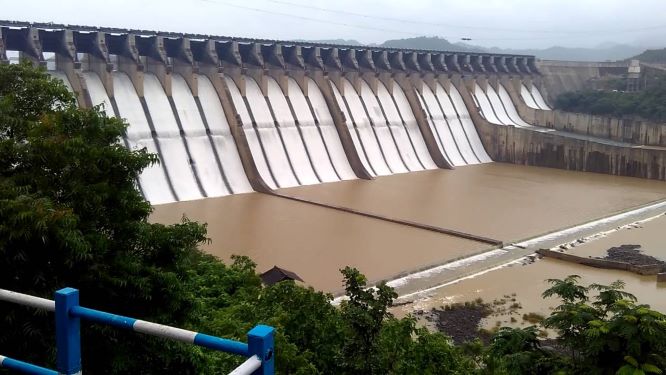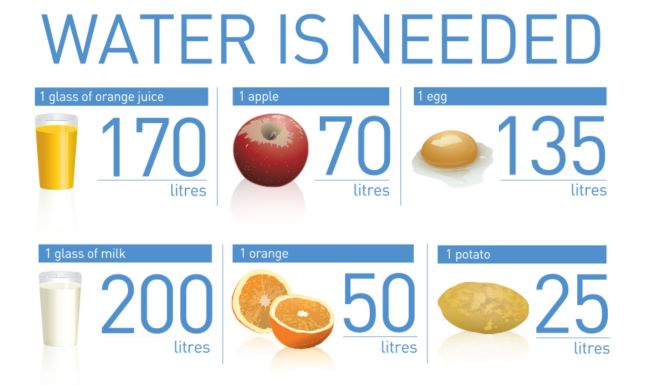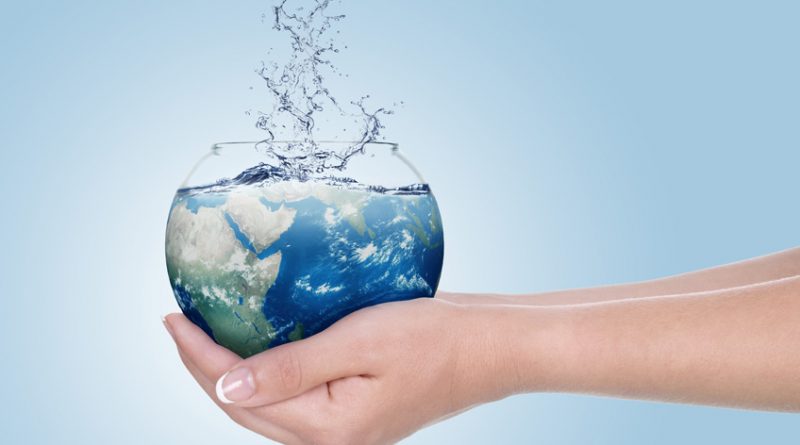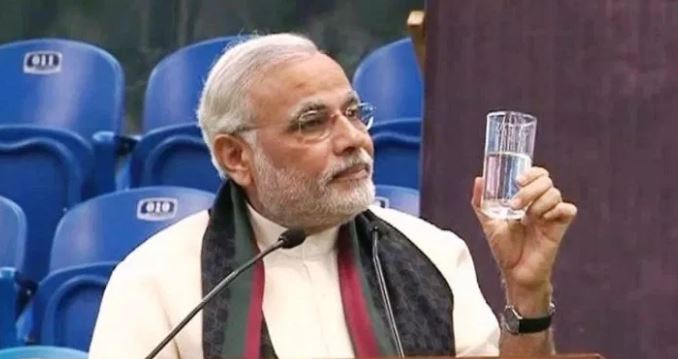Eyes on India As UN Report Says 1 in 3 People Globally Lack Drinking Water Access
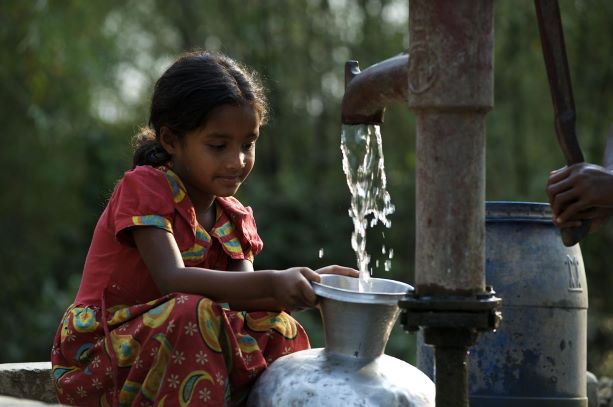
The Joint Monitoring Programme report– Progress on drinking water, sanitation and hygiene finds that, while significant progress has been made toward achieving universal access to basic water, sanitation and hygiene, there are huge gaps globally.
1 in 3 people or 2.2 billion people around the world lack safe drinking water
The numbers are astounding. Some 2.2 billion people around the world do not have safely managed drinking water services.
In 2017, 71 percent of the global population used safely managed drinking water services. National estimates were available for 117 countries and four out of eight SDG regions, representing 38 percent of the global population. Coverage was lower in rural areas (53 percent) than in urban areas (85 percent), which were home to two out of three of the 5.3 billion people using safely managed services. By 2017 a total of 80 countries had achieved greater than 99 percent coverage and were therefore classified as having “nearly universal” coverage of at least drinking water services.
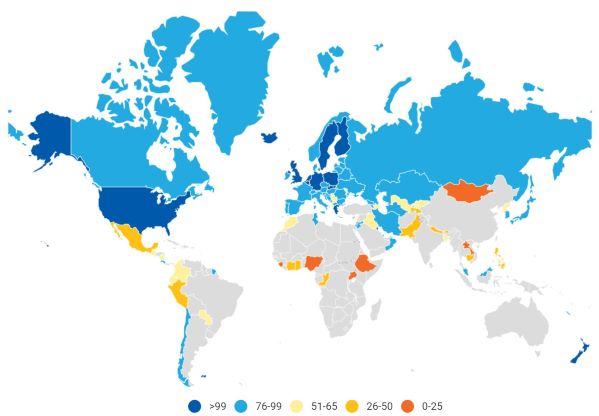
“Mere access is not enough. If the water isn’t clean, isn’t safe to drink or is far away, and if toilet access is unsafe or limited, then we’re not delivering for the world’s children,” said Kelly Ann Naylor, Associate Director of Water, Sanitation and Hygiene, UNICEF. “Children and their families in poor and rural communities are most at risk of being left behind. Governments must invest in their communities if we are going to bridge these economic and geographic divides and deliver this essential human right.”
Since the turn of the century, 1.8 billion people have gained access to basic drinking water services however, 1-in-10 people still lack basic services, including 144 million individuals who drink untreated surface water. And the data illustrates that rural folks are hardest hit, 8-in-10 people in rural areas lack access to these services.
Over half of the global population or 4.2 billion people lack safe sanitation
Around 4.2 billion people do not have safely managed sanitation services, and 3 billion lack basic handwashing facilities. The report also says that 2.1 billion people have gained access to basic sanitation services since 2000 but in many parts of the world the wastes produced are not safely managed. It also reveals that 2 billion people still lack basic sanitation, among whom 7 out of 10 live in rural areas and one third live in the Least Developed Countries.
WHO director Dr. Maria Neira suggest governments to double their efforts on sanitation to reach universal access by 2030 goal. “If countries fail to step up efforts on sanitation, safe water and hygiene, we will continue to live with diseases that should have been long ago consigned to the history books”, she spelled out. “Investing in water, sanitation and hygiene is cost-effective and good for society in so many ways”.
Since 2000, the proportion of the population practicing open defecation has been halved, from 21 percent to 9 percent, and 23 countries have achieved near elimination, meaning less than 1 percent of the population is practicing open defecation. Yet, 673 million people still practice open defecation, and they are increasingly concentrated in ‘high burden’ countries including India, China and Nepal. While areas in sub-Saharan Africa have shown increase in Open defecation practise.
The report also highlights new data showing that in 2017, three billion people lacked basic soap and water handwashing facilities at home, including nearly three-quarters of those in the Least Developed Countries category. Every year, 297,000 under-age-five children die from diarrhoea linked to inadequate WASH. Poor sanitation and contaminated water also help transmit diseases, such as cholera, dysentery, hepatitis A, and typhoid.
Our Take: Three years back, it was common to read about over a billion people worldwide without access to electricity. Thanks to India’s power for all programme (SAUBHAGYA), today, that global number is estimated to be around 850 million. In drinking water access too, India is easily the biggest target with over 150 million missing clean drinking water. The government’s new scheme to tackle this in mission mode, Nal se Jal, under the specially created Jal Shakti ministry, could yet change the global numbers again.
To read more click here

